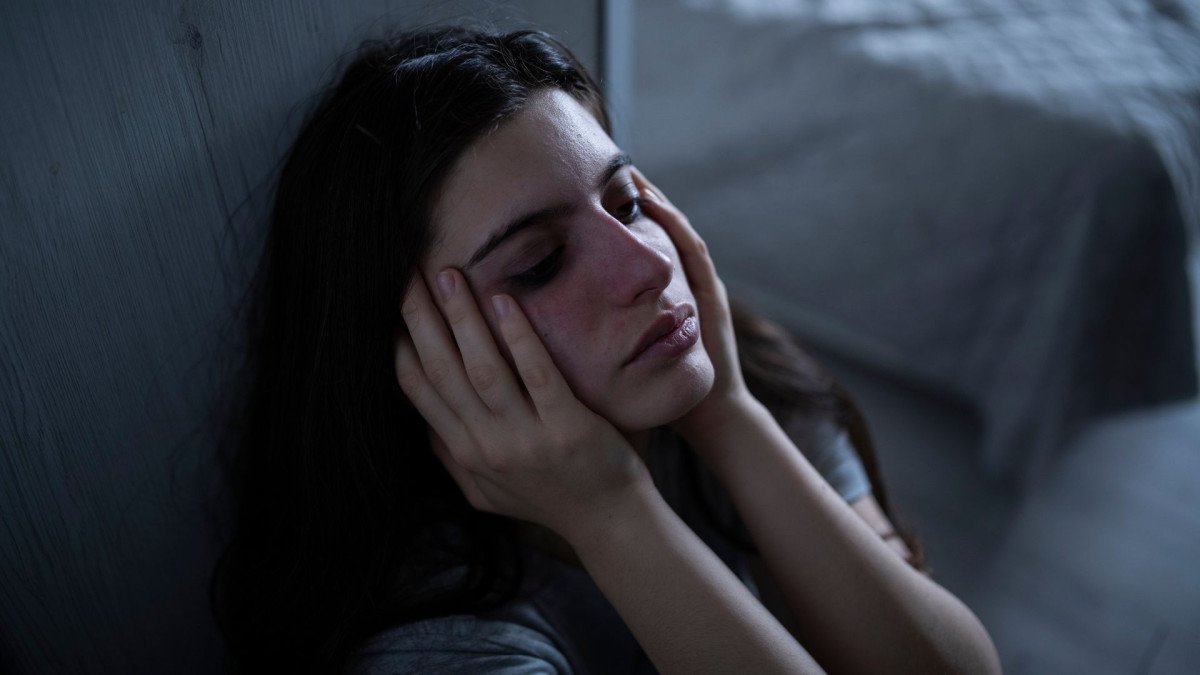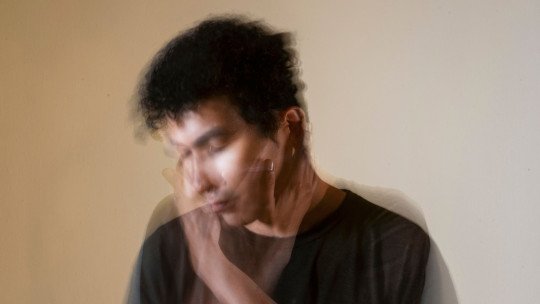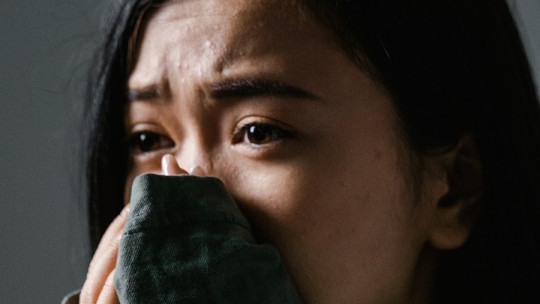Anxiety is a diffuse and unpleasant emotion that is often expressed as a feeling of fear and emotional tension that can be accompanied by somatic correlates It may not be associated with a defined threat, but the responses produced by anxiety can resemble defensive reactions. However, in its correct state it also functions as a surveillance mechanism, alerting the body to possible dangers.
When anxiety is excessive in intensity, frequency or duration and appears associated with stimuli that do not represent a real threat, it is considered an inappropriate manifestation since it produces alterations in emotional, cognitive and biological functioning.
What is generalized anxiety disorder?
Generalized anxiety disorder, panic disorder, post-traumatic stress disorder and specific phobias affect many people around the world and can have a significant impact on their quality of life.
The most widely used therapeutic approaches supported by evidence include cognitive behavioral therapy (CBT), exposure therapy, and acceptance and commitment therapy But psychoanalysis, which aims to resolve the origins and causes of anxiety, should not be left aside either.
From this perspective, anxiety is taken as a symptom that shows another type of internal disorder that deserves to be treated, that is, a combination of both therapeutic styles is also appropriate, since it points to a short- and long-term solution.
To be able to treat it in this way, the treating professional must be able to handle both techniques with expertise and knowing when and how to use one or the other. Diagnosis and type of treatment is a matter of skill and practical knowledge that works very well when done responsibly and within the framework of science.
CBT focuses on identifying and changing negative thought patterns and dysfunctional behaviors associated with anxiety Exposure therapy is especially useful for treating phobias and post-traumatic stress disorder, as it involves gradual, controlled exposure to feared stimuli. Acceptance and commitment therapy is based on developing acceptance of internal experiences and committing to actions that are consistent with personal values.
What negative thought patterns emerge?
In cognitive-behavioral therapy (CBT) for the treatment of anxiety, various negative thought patterns and dysfunctional behaviors are identified and worked on. Some of them are the following:

What are the goals of cognitive behavioral therapy?
The goal of CBT is to identify these negative thought patterns and dysfunctional behaviors, question their validity, and replace them with more realistic and adaptive thoughts and behaviors This is achieved through techniques such as cognitive restructuring, where negative thoughts are challenged and modified, and gradual exposure, where feared situations are faced in a controlled manner to reduce anxiety.
Cognitive Restructuring is a technique that involves identifying and questioning the negative and distorted thoughts that contribute to anxiety. For example, if a person has the catastrophic thought that “If I leave the house, something terrible will surely happen to me,” the therapist could help the person evaluate the evidence that supports or refutes this thought, and generate more realistic and balanced thoughts. , like “I left home many times without anything serious happening, everything will probably be fine this time too.”
Graded Exposure is used to address avoidance and anxiety associated with feared situations. For example, if someone has a phobia of flying on an airplane, a gradual exposure could be carried out through which the person is exposed in a controlled and progressive way to elements related to flying, such as seeing images of airplanes, then visiting an airport, and finally perform a simulated or real flight. As the person is repeatedly exposed to the feared situation without anything negative occurring, his or her anxiety gradually decreases
Behavioral experimentation involves the person carrying out actions contrary to the avoidance or safety behaviors that maintain anxiety. For example, if someone avoids social gatherings due to social anxiety, they may be asked to attend a meeting and perform a behavioral experiment, such as talking to an unknown person for a few minutes. The goal is to obtain evidence that your fears are exaggerated and that you can handle the situation effectively.
In the automatic thought journal, the person is encouraged to keep a record of their negative automatic thoughts related to anxiety. The therapist and patient can then examine these thoughts and look for evidence that supports or refutes their veracity. By challenging and replacing negative thoughts with more realistic and adaptive thoughts, anxiety is reduced
Conclusions
In conclusion, anxiety is a common mental disorder that affects millions of people around the world. Although the exact causes of anxiety can vary from person to person, multiple factors have been shown to contribute to its development.
Effective treatment involves addressing both the cognitive and behavioral aspects of anxiety and deeper personality issues for long-term results although it is true that the first thing to keep in mind is to try to restore the patient’s quality of life.
Medication intervention should not be ruled out from this point of view because the combinations of the different approaches to combat anxiety will allow the person to be brought to a situation of better management in their daily life and this will allow the techniques used strategically they can give visible results, which will stimulate adherence to the treatment and hope for a solution. For all this we need suitable and human personnel to be able to empathize with the pain and the situation of restriction to which the patient is compromised.
It is important to prioritize a treatment that uses different scientific and evidence-based techniques based on an accurate diagnosis and differential to ensure that the treatment is personalized and not just a rigid protocol to be used on a massive scale.
This personalized approach to mental health encourages integration by not treating all people with mental health problems as if they were the same. Individuality is valued and it is recognized that each person’s causes, symptoms and experiences may be different. By offering interventions and therapies adapted to each individual, inclusion is promoted and the generalization or stigmatization of people with mental health problems is avoided.
Working in a personalized way helps prevent discrimination by treating each person with respect, dignity and fairness. Prejudices and stereotypes are avoided by considering the unique needs and circumstances of each individual. This helps overcome specific barriers and challenges that may be associated with mental health, such as social stigma, discrimination based on gender, race, sexual orientation or other personal characteristics










